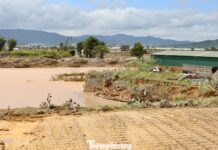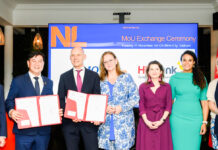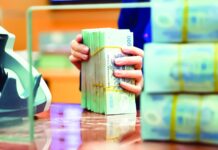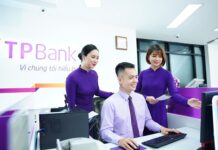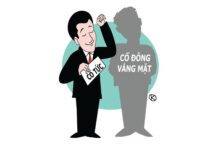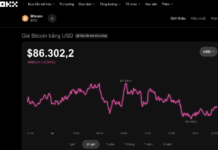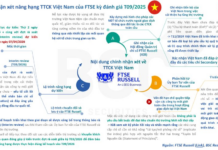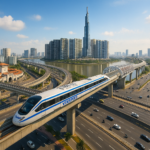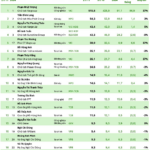According to Nguyen Viet Quang, Vice Chairman and CEO of Vingroup—the investor behind VinSpeed, one of the companies proposing to participate in the North-South High-Speed Railway Project—businesses aim to undertake the project with a spirit of service and contribution. However, resources are not limitless, and additional costs could become a burden.
To dispel misconceptions that VinSpeed’s interest in the North-South High-Speed Railway Project is primarily to secure real estate projects (TODs along the route), VinSpeed has proposed to the Ministry of Construction to exclude TODs from this project.
Quang also noted that VinSpeed previously considered TODs as a revenue stream to offset the aforementioned costs and contribute to the development of localities along the railway route, particularly in Central Vietnam.
“If our goal were merely to develop real estate in these localities, we could easily pursue more attractive opportunities without leveraging the high-speed railway project. In reality, railway stations are often located far from provincial centers, making them less appealing for investment,” Quang shared.

Nguyen Viet Quang, Vice Chairman and CEO of Vingroup.
Discussing high-speed railway investment, Quang stated that the majority of such projects worldwide operate at a long-term loss, with no clear timeline for profitability. The Beijing-Shanghai line is the sole exception, but Vietnam lacks China’s billions of annual passengers. VinSpeed estimates a loss of tens of billions of USD for the North-South High-Speed Railway.
According to the pre-feasibility study report approved by the National Assembly, the average annual revenue over the first 30 years of operation is projected at USD 5.6 billion, with direct operating costs (excluding depreciation and interest) at USD 4.2 billion.
Additionally, expanding capacity to achieve the projected passenger volume requires an investment of USD 18.06 billion (not included in the initial USD 61 billion investment). Thus, the project’s operating cash flow over 30 years is expected to be USD 42 billion.
VinSpeed would need to pay annual interest of approximately USD 1.05 billion on a USD 10.51 billion loan during the first 10 years of operation.
“After 30 years, the total recoverable amount would be USD 10.5 billion (after repaying the USD 10.51 billion loan), while VinSpeed must repay the government USD 49.08 billion, excluding our initial USD 10.51 billion investment,” Quang explained.
Furthermore, every 30 years, VinSpeed would need to replace or overhaul all trains and equipment.
VinSpeed’s proposed financial plan involves direct private investment, with the government providing an 80% interest-free loan for 30 years, and VinSpeed securing the remaining 20%.
“From the outset, we’ve committed to this plan, and we remain committed. If it were a PPP model, we couldn’t secure the remaining 80%,” Quang emphasized.
Quang also revealed that VinSpeed’s founder, Pham Nhat Vuong, has a clear 30-year financial plan. Funding sources include dividends from all of Vuong’s companies over the next 30 years. If insufficient, Vuong would sell stakes in private companies like GSM, VinEnergo, and V-Green. If still inadequate, a portion of Vingroup’s shares would be sold after 30 years.
“We’ve carefully calculated and are fully confident in these plans,” Quang stated.
Private Investment: The Optimal Solution
According to economist Vu Dinh Anh, private direct investment is the optimal choice for the North-South High-Speed Railway Project compared to public investment or PPP models.
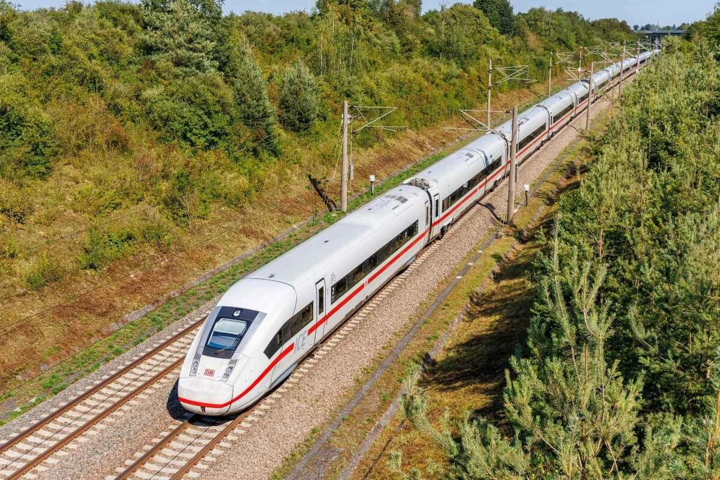
Experts agree that private direct investment is the optimal choice for the North-South High-Speed Railway Project. (Illustrative image)
Public investment would require the state to fund 100% of the capital, with no expectation of profit. Current estimates suggest a payback period of up to 140 years, or possibly no payback at all, due to escalating maintenance and operational costs.
This aligns with global experiences, placing significant pressure on public debt and national credit ratings.
Additionally, Anh noted that public investment efficiency remains a concern. For a strategically important, high-tech project like the high-speed railway, these inefficiencies could lead to substantial cost overruns, delays, and missed economic opportunities.
While PPP appears balanced, it often involves conflicting interests between parties, and Vietnam lacks mechanisms to resolve these conflicts.
For the North-South High-Speed Railway, the requirement for private investors to contribute at least 30% of the capital is particularly challenging, given the total investment exceeds USD 60 billion.
PPP is suitable for projects with strong commercial cash flows, such as BOT highways, ports, and airports. However, high-speed railways differ. Private investors must raise significant capital, but ticket revenues won’t cover costs, and maintenance expenses could add tens of billions of USD.
No company would invest tens of billions of USD merely as a “partner.” To attract investors, the government might guarantee profits, effectively shifting risks back to the state.
Therefore, the government should provide an 80% loan, with private investors contributing 20%. Critically, the government would fully recover the 80% loan after 30 years, unlike public investment, where the budget not only funds 100% but also faces uncertain recovery.
Private direct investment incentivizes efficiency, cost optimization, and technological innovation, reducing timelines. The government retains oversight without bearing cost overruns, delays, or long-term operational risks, as evidenced by the recently completed National Exhibition Center.
TOD (Transit-Oriented Development) is an urban planning model focused on developing residential and commercial spaces around public transportation hubs.
Vingroup Finalizes Plan to Issue VND 1,000 Billion in Private Bonds for Debt Restructuring
Vingroup (HoSE: VIC) has announced a board resolution to issue VND 1,000 billion in private bonds, aimed at restructuring its debt. This move coincides with the conglomerate’s plans to raise capital in the international market.
“Nguyễn Thị Phương Thảo Ranks Among Top 3 Wealthiest on Vietnam’s Stock Market, as Over Half of Billionaires See Assets Decline Since Month’s Start”
Mrs. Nguyen Thi Phuong Thao, Chairwoman of Vietjet Air, has soared to the 3rd position with a net worth of $1.8 billion, marking a $60 million (5%) increase from the beginning of the month. Previously, she consistently held the 4th spot on the list.

